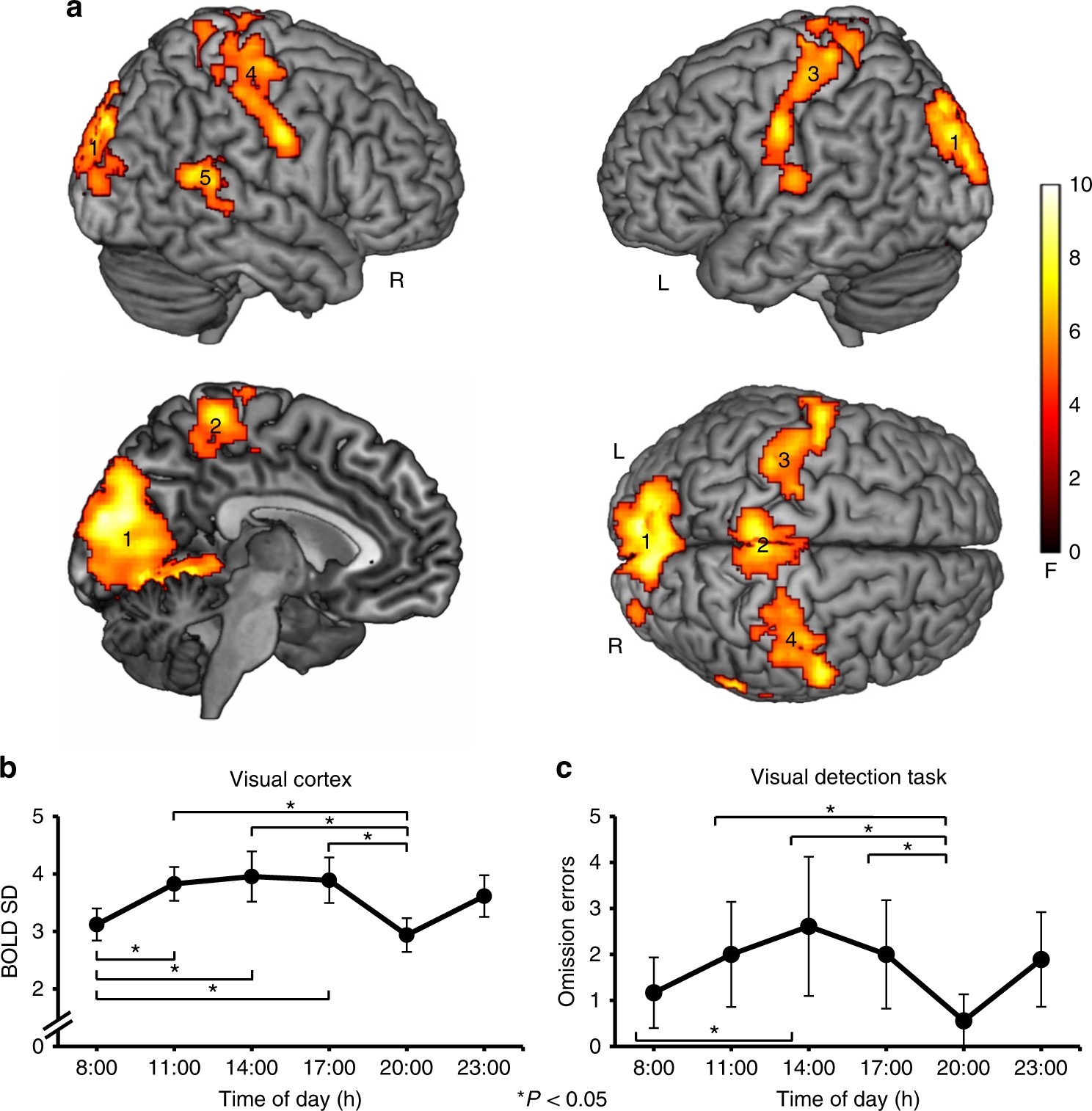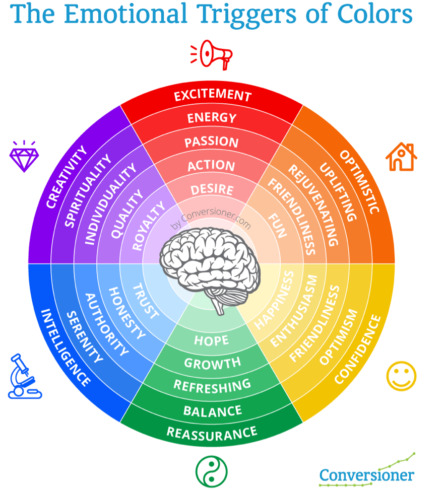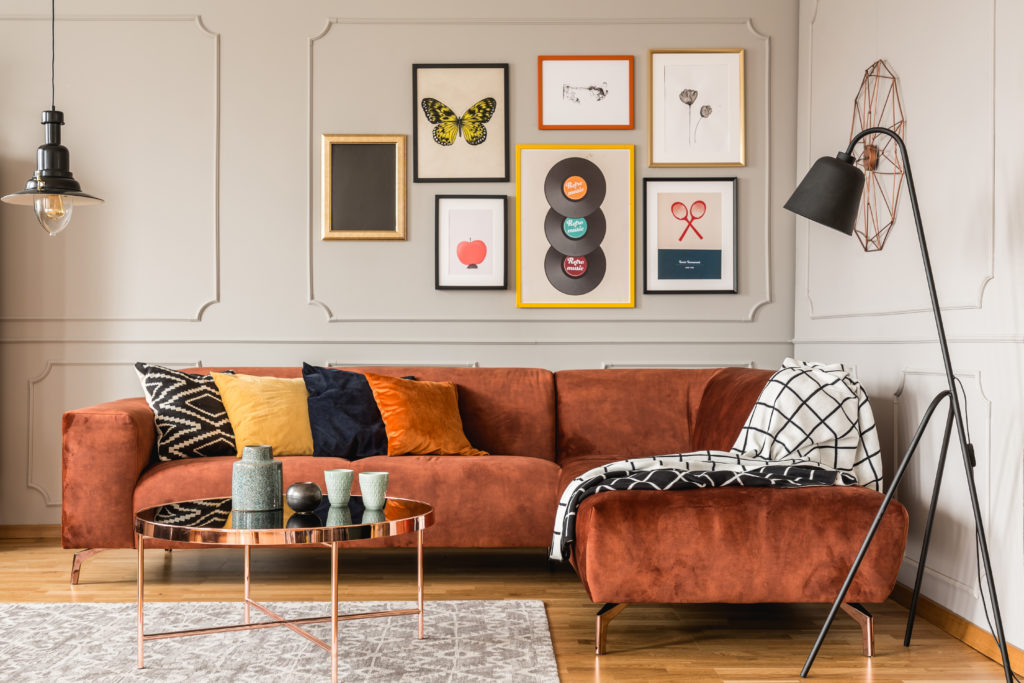Neuroscience and Psychology Secrets to Crafting the Ultimate Airbnb Listing
Published on October 22, 2025 by Roomsium
Welcome to the Roomsium.com blog, where we dive deep into the science of short-term rentals. In a sea of generic advice like "take good photos" or "write a catchy title," we're going beyond the basics. Drawing from neuroscience research on visual processing, psychological studies on persuasion, and data-driven analyses of thousands of listings, this post reveals how to engineer your Airbnb listing for maximum bookings, occupancy, and revenue. We'll explore how the brain forms snap judgments, why honest descriptions outperform hype, and how colors and sensory cues can subconsciously sway guests.
The Neuroscience of First Impressions: Why Your Cover Photo is a Half-Second Battle

Brain activity during visual processing, highlighting rapid formation of impressions.
Your listing's first photo isn't just an image—it's a neurological trigger. Research shows that visual memories peak immediately after an image vanishes, with the brain's sensory activity decaying rapidly but sustaining vivid recall for about half a second. During this window, the visual working memory (VWM) circuit allocates resources equally to key elements, categorizing scenes based on small shapes and contrasts to form instant impressions. For Airbnb, this means guests scrolling through listings make booking decisions in milliseconds, often before reading a word.
To leverage this, prioritize high-contrast, salient features in your cover photo—like a sunlit window or a unique architectural detail—to exploit lingering sensory signals. Studies on Airbnb website content reveal that high-quality photos signal credibility, reducing perceived risks and boosting booking intentions by enhancing trust. Avoid clutter: With VWM resources diluted by too many items, focus on 3-5 key elements per shot to maximize recall accuracy. Data from New York City listings confirms that optimized visuals correlate with higher occupancy rates, as they align with guests' rapid decision-making processes.
Persuasion Through Words: Aristotle Meets Airbnb Data
Forget fluffy adjectives; science favors facts. Drawing from Aristotle's rhetorical appeals—ethos (credibility), pathos (emotion), and logos (logic)—research on Amsterdam listings shows ethos has the strongest impact on occupancy, with superhost badges increasing rates by 0.053 and each review adding 0.003. Build ethos in your description by highlighting verified details like response times and ID checks, which reduce guest uncertainty.
Pathos, or emotional appeals, often backfires: Persuasive, positive-toned descriptions decrease occupancy by -0.033 compared to informative ones, as guests prefer practical details over hype. A study of New York listings echoes this, finding no link between positive sentiment and occupancy, but a positive correlation with description length—aim for around 44 words in summaries to boost rates. Logos shines through amenities lists: Each additional amenity raises occupancy by 0.002, signaling logical value.
Systematic reviews of over 1,000 Airbnb studies confirm that detailed, authentic descriptions enhance perceived value, leading to higher revenue via sentiment analysis of reviews. For titles, incorporate preferred words like those evoking property uniqueness or location perks, as qualitative data shows they capture attention and improve search visibility. Honest strategies, especially for low-priced listings, drive bookings and satisfaction more than overly positive ones.
Color Psychology: Hacking Emotions in Your Photos

Color psychology chart illustrating emotional impacts in real estate.
Colors aren't decorative—they're psychological tools. In real estate photography, green accents in lawns or plants evoke tranquility and health, with vibrant green exteriors netting 20% more clicks. Warm tones like soft yellows and oranges in living areas create coziness, boosting views by 66% in twilight shots. Cool blues and grays in bedrooms suggest serenity and spaciousness, making small rooms feel larger.
Neutrals like whites and taupes act as a blank canvas, helping 62% of buyers envision themselves in the space. Neuromarketing ties this to subconscious reactions: Warm colors stimulate excitement, while cool ones promote calm, influencing booking decisions via emotional resonance. Edit photos to amplify these—e.g., enhance greens for outdoor appeal or warm up interiors for hominess—to subconsciously guide guests toward yes.
Sensory Marketing: Evoking the Invisible Senses Online

Airbnb listing photo using warm colors and elements to evoke coziness.
Airbnb listings are digital, but neuroscience shows you can hack senses through proxy cues. Sensory branding uses descriptions and photos to trigger olfactory, auditory, and gustatory responses, creating emotional bonds. For smell, describe "the calming lavender and citrus scents from fresh linens," with photos of diffusers to imply cleanliness and familiarity, reducing complaints and boosting recall.
Auditory cues: Mention "soundproof walls for peaceful silence" alongside images of cozy nooks, evoking relaxation. For taste, highlight "welcome baskets with lavender-honey treats," shown in staged kitchen photos, to suggest cultural immersion. This "sensehacking" enhances well-being, with neuromarketing studies showing it increases revenue by engaging subconscious emotions. In hospitality, 86% of negative reviews stem from unmet sensory expectations, so preempt them online.
Data-Driven Host Strategies: From Amateur to Pro
Broader research pinpoints host actions for success. Professional listings dominate markets, with responsive communication building loyalty via social exchange theory. Amenities and geolocation (e.g., near transit) predict revenue, with text mining showing authentic experiences drive repeat bookings. Predictive models emphasize number of reviews and amenities as top occupancy drivers, outperforming price alone.
Incorporate these: Use dynamic pricing, complete profiles, and personalized rules to co-create value, shifting from basic to scientifically optimized listings.
By applying these neuroscience and psychology insights, your Airbnb listing transforms from ordinary to irresistible. At Roomsium.com, we empower hosts with tools to implement these strategies—start experimenting today for measurable gains in bookings and guest satisfaction.
Related Resources
Share your own hospitality story and get featured: Visit Guest Experience Page
For more insightful articles and updates: Explore Roomsium News
Want the full 2025 hospitality playbook?
